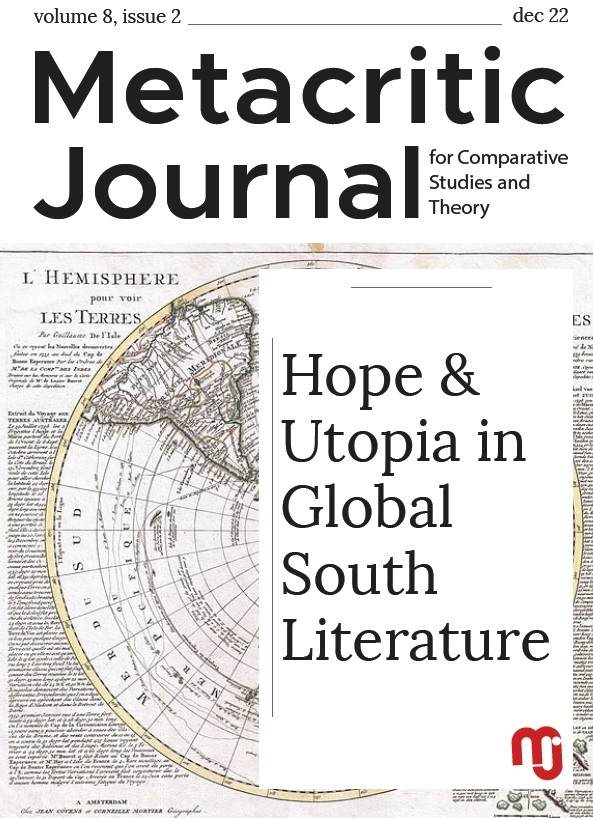Making Sense of Fragmented Bodies across Generations: Tamas and Kitne Pakistan
Making Sense of Fragmented Bodies across Generations: Tamas and Kitne Pakistan
Author(s): Jey SushilSubject(s): Language and Literature Studies, Studies of Literature, Comparative Study of Literature, Other Language Literature
Published by: Universitatea Babeş-Bolyai
Keywords: India-Pakistan; Partition; Hope; Utopia; Post-modernism;
Summary/Abstract: What is the real extent of 75 years when discussing a traumatic event like the Partition of 1947, at least in fiction? In a bid to explore this, the article analyzes two Hindi novels divided by a span of 27 years: the first, Bhisham Sahni’s Tamas (1973), was considered an early and now classic fictional intervention (though late by the standards of some other Indian languages, such as Urdu and Punjabi) in the narratives of Partition, and the other, Kamleshwar’s Kitne Pakistan (2000), was published at the cusp of the new millennium. Much had changed in India over those three decades. Did these changes brought about by globalization, liberalization, and new technology also influence the representation of violence, communalism, and relationships between communities, maybe even an understanding of the causes of the Partition? While examining the differences in narration of time and space, as well as stylistic divergences, the article notes and highlights the different ways in which both the novels lack a hero and deals with the idea of hope and utopia that is read in the context of violence during Partition/Partitions.
Journal: Metacritic Journal for Comparative Studies and Theory
- Issue Year: 8/2022
- Issue No: 2
- Page Range: 69-87
- Page Count: 19
- Language: English

